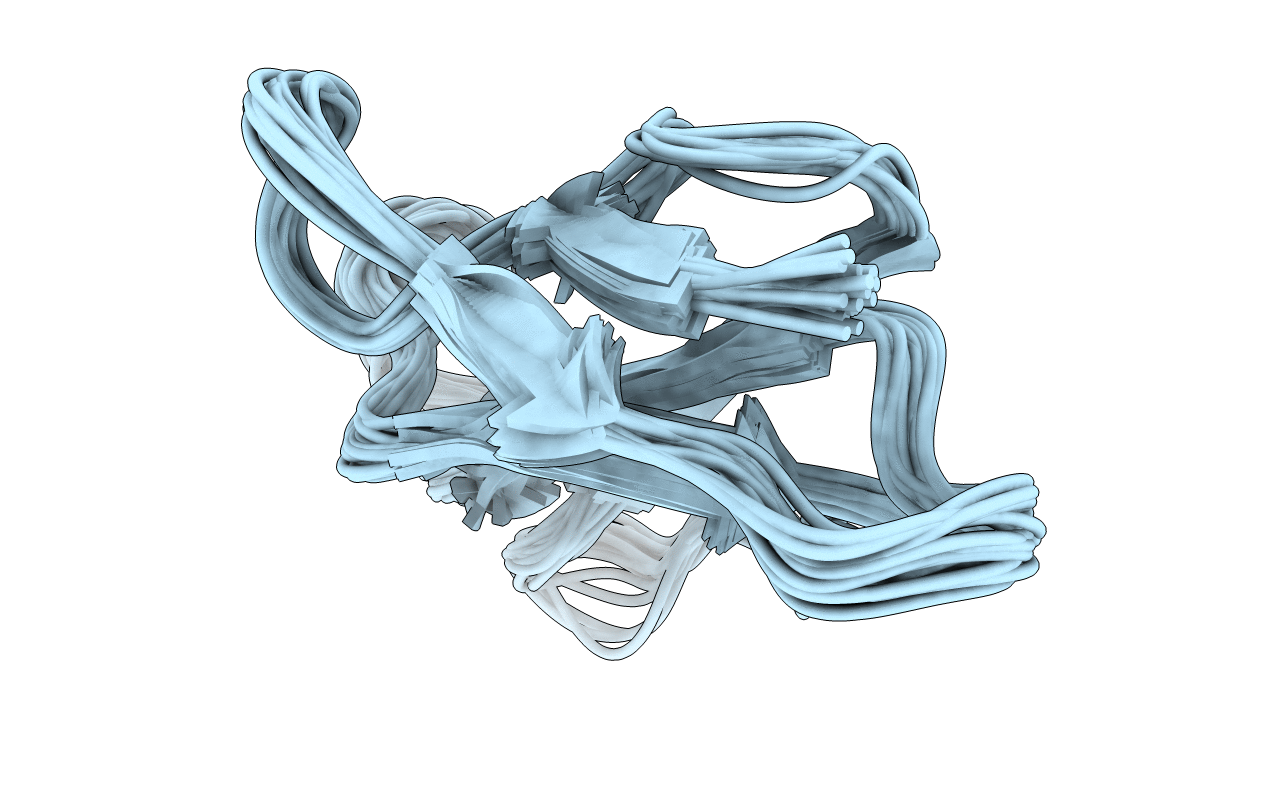
Deposition Date
2001-01-28
Release Date
2001-02-14
Last Version Date
2024-10-23
Method Details:
Experimental Method:
Conformers Calculated:
50
Conformers Submitted:
20
Selection Criteria:
The submitted structures are the 20 structures with the lowest energy.


